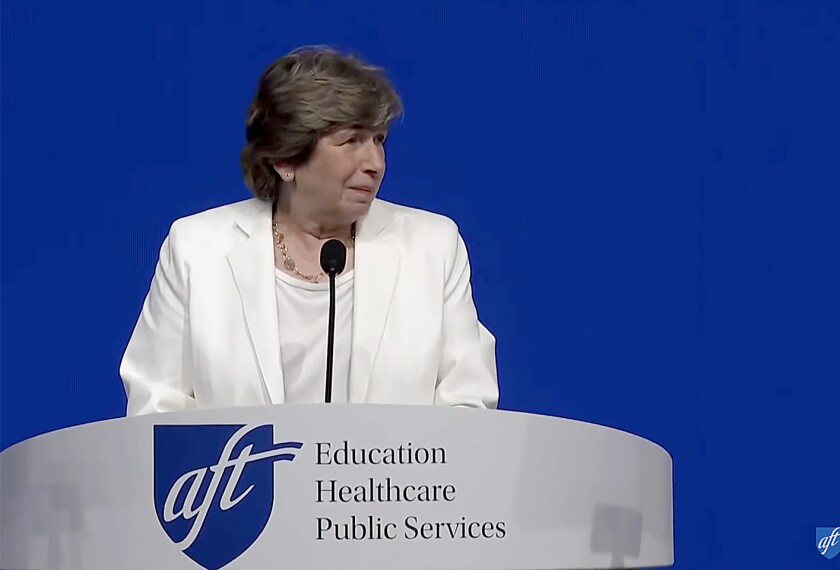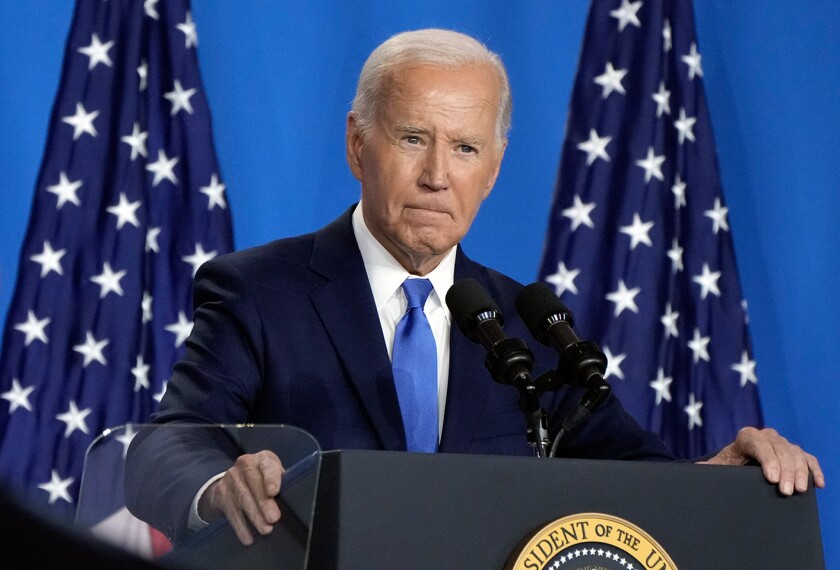Two decades after the launch of the federal What Works Clearinghouse, experts say the education project has helped drive the evidence-based policy movement, but there’s still a ways to go: Teachers and school leaders still struggle to find evidence-based interventions in schools.
Begun in 2002, the clearinghouse’s goal was to help inform educators about programs and approaches with research they could use to improve student learning. But it had a rocky start, fielding widespread complaints that it was too slow to release actionable findings.
Over time, though, the clearinghouse became more widely respected—the inspiration, in fact, for a host of other education research efforts, even as it illuminated several core tensions in education research that exist today over timeliness, the difficulty of translating research into practice, and the emergence of new technologies.
“The What Works Clearinghouse has served a really critical role in the overall education R&D ecosystem,” said Melissa Moritz, the director of the STEM Next Federal Fellows Network and a former deputy director for STEM education at the U.S. Department of Education under the Obama administration. “It provides a one-stop shop where you are confident in the rigor of the evidence and the evaluation, and that’s really needed.
“But we also know it has limits; It’s not the one thing needed to really transform and ensure that everything that we do in classrooms and schools has an evidence base,” she continued.
How the clearinghouse has evolved over time
The federal clearinghouse was launched just as the newly signed No Child Left Behind Act first put an emphasis on schools’ use of empirical research to guide teaching and learning, and as the research wing of the U.S. Department of Education began to fund controlled studies in education, a field previously dominated by case studies and observational research.
Since then, the WWC has been reinvented several times in response to the steadily growing need for research support for school and district leaders. It gained more prominence in 2016, after the passage of the Every Student Succeeds Act. ESSA relaxed the narrow approaches for school improvement allowed under NCLB. ESSA allowed school districts to adopt any evidence-based school improvement approach they chose.
In some ways, its growing stature can be measured by the wide array of other data and research clearinghouses it helped to spur, including the National Dropout Prevention Center, which reviews interventions designed to boost high school graduation; the Best Evidence Encyclopedia, a teacher-focused site that collects research meta-analyses on education topics; and Social Programs That Work, which curates programs in education, health, crime and other social topics that have shown significant benefits in rigorous studies.
The spread of these clearinghouses makes it easier for educators to find evidence in specific topic areas, but has also sown confusion, as there are no consistent standards for “evidence-based” across different clearinghouses.
The WWC has been at the receiving end of such criticism, too. In 2017, the National Institute for Direct Instruction critiqued the WWC for not considering whether programs were fully implemented in effectiveness studies before giving them an effectiveness rating.
And former officials wonder whether, in its emphasis on discrete programs, the clearinghouse neglected the bigger picture.
John Q. Easton, former IES director under the Obama administration, said he had concerns that the WWC’s focus on the effectiveness of individual interventions or practices could mislead educators and school leaders to think “overall school improvement is likely with this very narrow approach,” Easton said.
“The research that I’ve conducted with Tony Bryk and others suggests the need for strong principal leadership that encourages teacher collaboration to develop a strong student-focused culture, and a continuous improvement view toward strong and rigorous instruction,” Easton said.
Can the What Works Clearinghouse keep up with AI and new challenges?
Today, researchers feel the clearinghouse still needs to be more nimble and evolve more quickly.
“Technology is changing so rapidly and these classroom tools are changing so rapidly that it’s really hard for the field to keep up with that to understand the impacts on teaching and learning,” said Sara Schapiro, director of the Alliance for Learning Innovation. “There are a lot of ed-tech tools, a lot of generative AI being thrown into the field that they don’t quite know how to get their arms around yet, using this sort of structure.”
Federal officials say they’ve heard the message loud and clear.
During the pandemic, the National Center on Education Statistics and the U.S. Census began collecting quick-turnaround data to track how schools responded to the crisis. Matthew Soldner, acting director of IES, which runs the clearinghouse, said the agency plans to use a similar approach for the WWC, using regular, rapid scans of existing research to both update practice guides more frequently and identify evidence gaps in particular areas, such as AI-based tools.
Whatever next steps the clearinghouse takes, researchers say that educators will still face obstacles to sorting through the morass of claims about what works in the classroom.
“I don’t envy the job of the superintendents and curriculum leads and districts,” Schapiro said. “They have to sort through products being sold to them with claims of evidence, and then needing to then go into each of those products and evaluate for themselves: What evidence were they using? Was there a third party researcher provided, or were they using internally run research? Were they using the What Works Clearinghouse?
“Those things would be hard to tease out product by product,” she said, “and it speaks to a greater need at the federal level to help school and district staff sort through the noise.”







